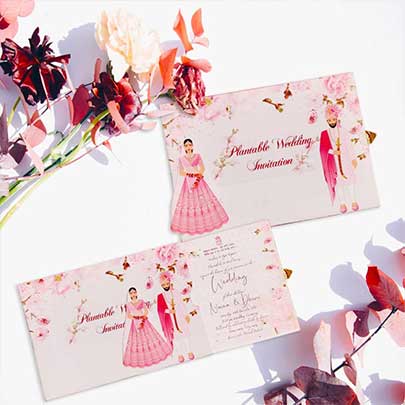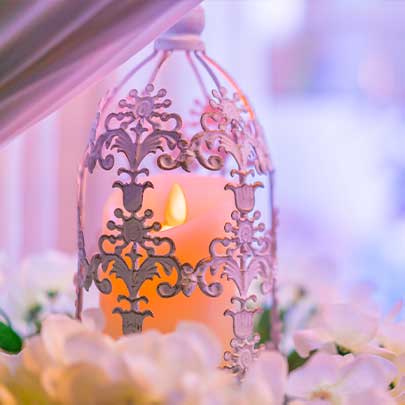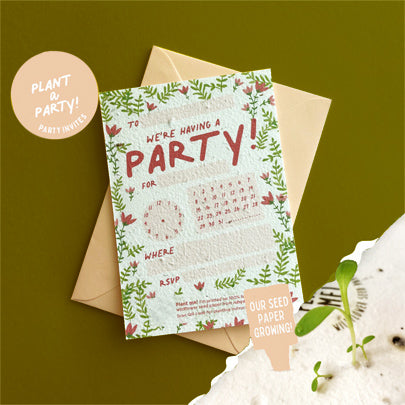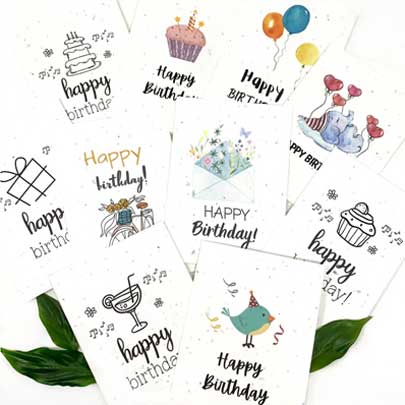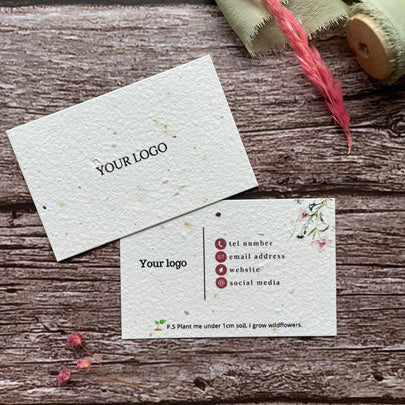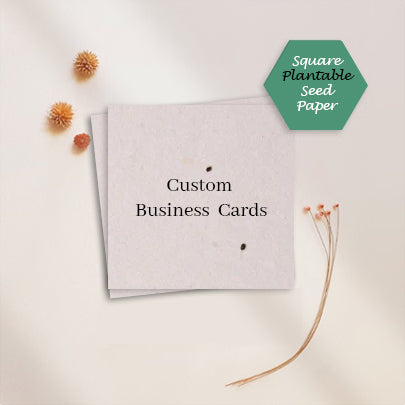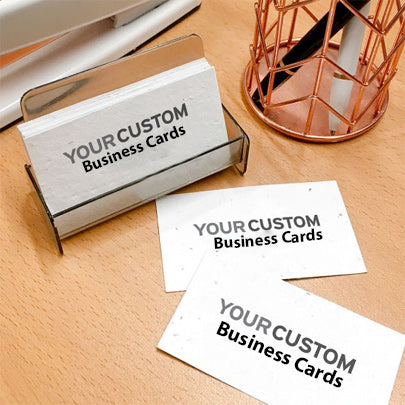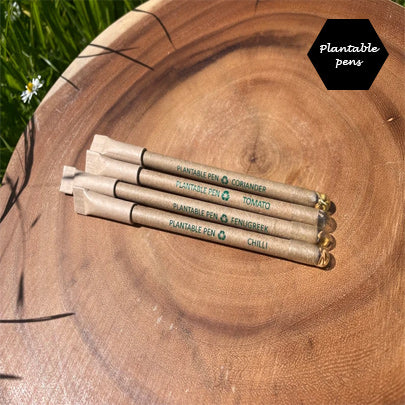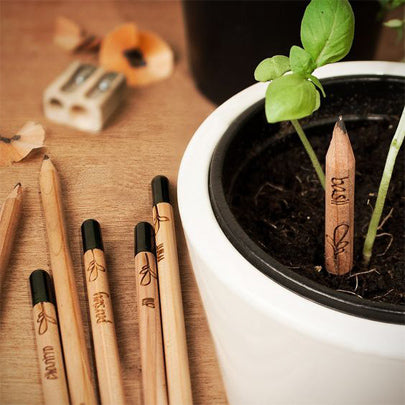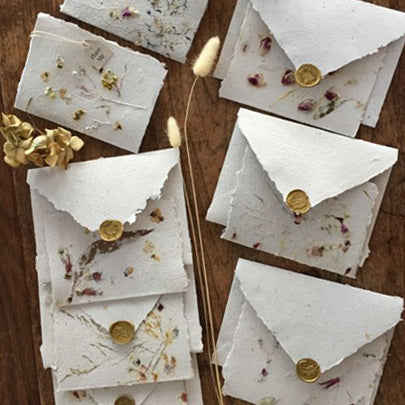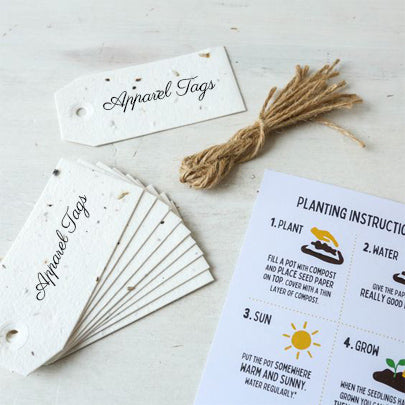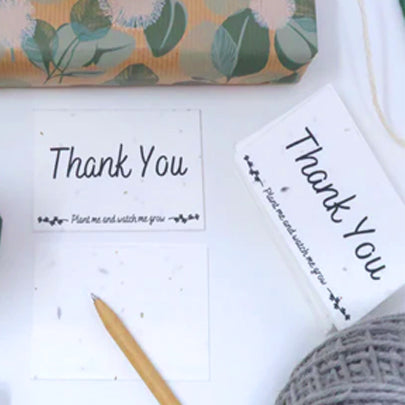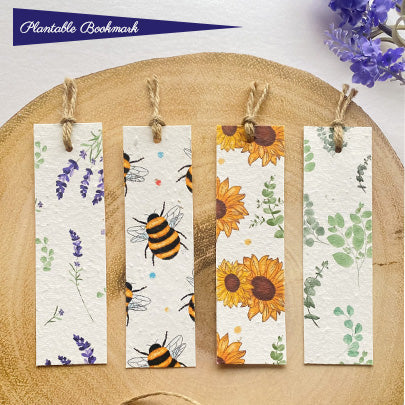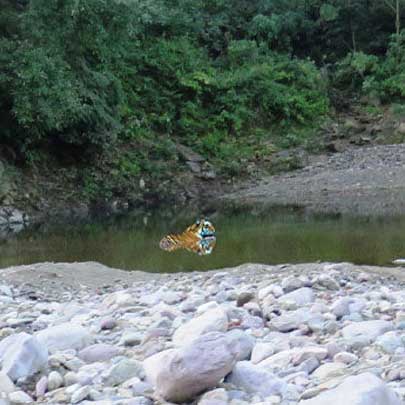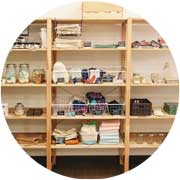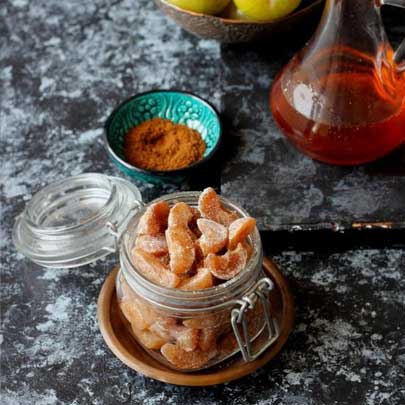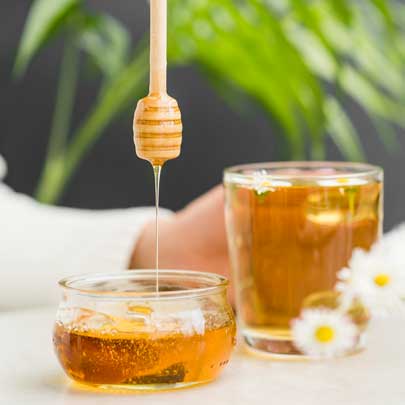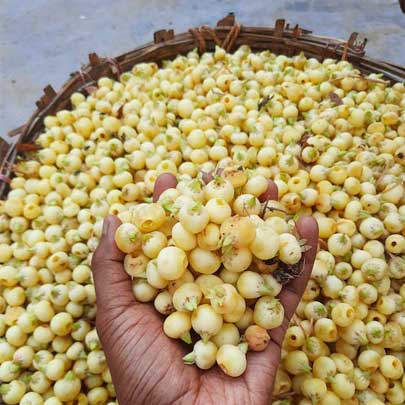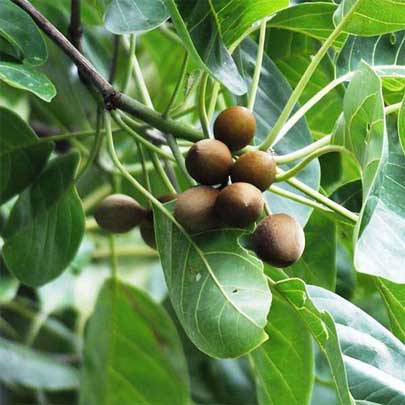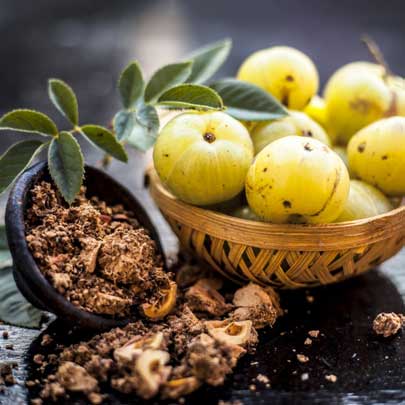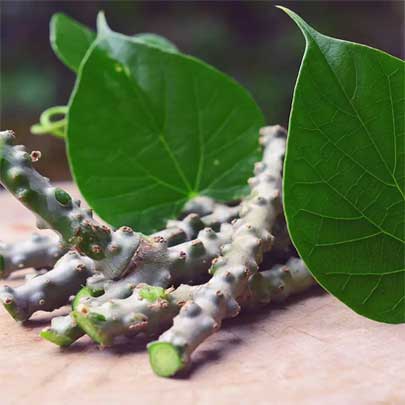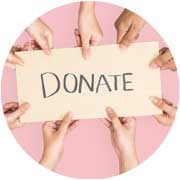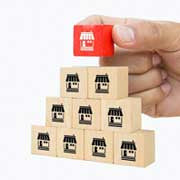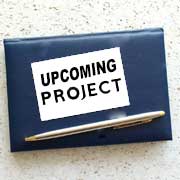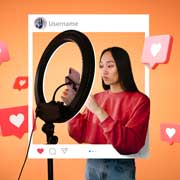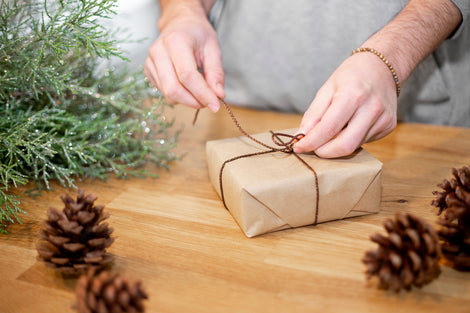The Environmental Impact of Switching to Plantable Products
The Environmental Impact of Switching
to Plantable Products
In an era where environmental sustainability is more than just a trend—it's a necessity—plantable products are making waves as one of the most promising green alternatives. These innovative items not only reduce waste but also give back to the environment by growing into plants after use. From seed paper to plantable pencils, switching to plantable products is not just an eco-conscious choice; it's a revolutionary step toward reversing environmental degradation.
In this blog, we’ll explore the environmental impact of switching to plantable products, the most popular eco-friendly options available, and how organizations like Wildlense Eco Foundation are leading the charge in promoting sustainability.
🌱 What Are Plantable Products?

Plantable products are biodegradable items embedded with seeds. After their primary use, these products can be planted in soil where the seeds germinate and grow into herbs, flowers, or even vegetables. Common plantable items include:
-
Seed paper (used in business cards, wedding invites, notebooks)
-
Plantable pencils and pens
-
Seed-infused packaging bags
-
Eco-friendly seed balls
-
Plantable calendars
The materials used are often made from recycled paper, natural dyes, and compostable substances, making them completely safe for the environment.
🌎 Why Switch to Plantable Products?
1. Reduces Landfill Waste
Conventional paper products, especially glossy or laminated varieties, are not biodegradable and often end up in landfills. Plantable products decompose naturally and enrich the soil as they break down.
2. Promotes Green Spaces
Every plantable product contributes to creating a greener world. Whether it's a basil plant from a pencil stub or a marigold from a greeting card, these small changes add up, especially in urban areas where green spaces are shrinking.
3. Reduces Carbon Footprint
Plantable products typically use recycled materials and minimal processing, which significantly reduces carbon emissions compared to traditional manufacturing processes. Moreover, the plants grown from these products absorb carbon dioxide, helping to offset pollution.
4. Encourages Environmental Awareness
Using and gifting plantable products helps educate others about sustainable living. It's a simple yet powerful way to spread environmental consciousness.
🏢 Role of Organizations Like Wildlense Eco Foundation
One of the most impactful environmental organizations advocating for the widespread adoption of sustainable practices is Wildlense Eco Foundation. Based in India, this non-profit works tirelessly to spread awareness about wildlife conservation and eco-friendly living.

Wildlense Eco Foundation:
-
Organizes eco-education drives in schools and colleges
-
Supports rural communities in adopting plantable products
-
Promotes biodiversity through seed ball campaigns
-
Encourages corporate gifting with sustainable alternatives
Their mission aligns closely with the philosophy behind plantable products—giving back more than we take.
🧾 Real-World Applications of Plantable Products

1. Corporate Gifting
Many businesses are replacing plastic-filled corporate hampers with eco-friendly gifts like plantable calendars, pens, and notepads. These items not only show environmental responsibility but also reflect positively on the brand’s image.
2. Wedding Invitations
Couples are now opting for seed paper wedding cards, combining elegance with sustainability. These invites bloom into flowers, symbolizing love and renewal.
3. Educational Tools
Schools are incorporating plantable products into their curriculum to teach students about environmental responsibility. Plantable pencils and activity kits make learning interactive and meaningful.
4. Product Packaging
Brands are moving toward seed-embedded packaging that not only eliminates plastic but also engages customers with a unique post-use experience.
🌾 Types of Seeds Used in Plantable Products
Depending on the region and product type, the following seeds are most commonly used:
-
Flowers: Marigold, Mixed flower
-
Herbs: Basil, Mint
-
Vegetables: Tomato, Chili, Mixed Vegetable
These choices are generally low-maintenance, quick to germinate, and offer high success rates, making them ideal for all users—even those without a green thumb.
🚮 Environmental Impact: By the Numbers

Switching to plantable products can lead to significant environmental benefits over time. Consider the following:
-
1 ton of recycled paper saves 17 trees, 7,000 gallons of water, and 3 cubic yards of landfill space.
-
An average office worker uses 10,000 sheets of paper per year—imagine the impact if even 10% were replaced with plantable alternatives.
-
If just 1% of the global pencil market shifted to plantable pencils, it could result in millions of new plants annually.
🌿 Challenges & How to Overcome Them
1. Higher Initial Cost
Plantable products can be more expensive than their traditional counterparts due to the embedded seeds and handcrafting processes. However, the long-term environmental and educational value far outweighs the cost.
Solution: Bulk production and increased demand are already bringing prices down. Organizations like Wildlense Eco Foundation offer subsidized rates for educational institutions and NGOs.
2. Limited Awareness
Many consumers are unaware that such products exist or are skeptical of their effectiveness.
Solution: Social media campaigns, eco fairs, and partnerships with influencers can help spread awareness. Schools and corporates can lead the change by adopting plantable products in their daily operations.
3. Climate Constraints
Certain seeds may not thrive in every climate, limiting usability in some regions.
Solution: Regional customization of seed types ensures that plantable products remain effective and viable.
💡 How to Start Your Eco-Friendly Journey

Switching to plantable products is easier than you think. Here's how you can get started:
-
Start Small: Replace your regular notepad with a plantable one.
-
Eco-Friendly Gifting: Choose seed-infused greeting cards for birthdays or festivals.
-
Office Makeover: Talk to your HR department about switching to plantable office supplies.
-
Support Local Initiatives: Contribute to NGOs like Wildlense Eco Foundation that are making real-world impact.
-
Educate Others: Share your journey on social media or host awareness sessions at your workplace or school.
🌍 Conclusion
Switching to plantable products is more than a lifestyle choice—it’s a commitment to a sustainable future. These innovative, biodegradable, and functional items not only reduce waste but actively contribute to reforestation, biodiversity, and environmental education.
Organizations like Wildlense Eco Foundation are playing a crucial role in popularizing these solutions and ensuring that even small actions lead to significant environmental gains. By embracing plantable products, we’re not just using resources—we’re regenerating them.
So, the next time you reach for a pen or send a greeting card, ask yourself: Can this bloom into something beautiful?





